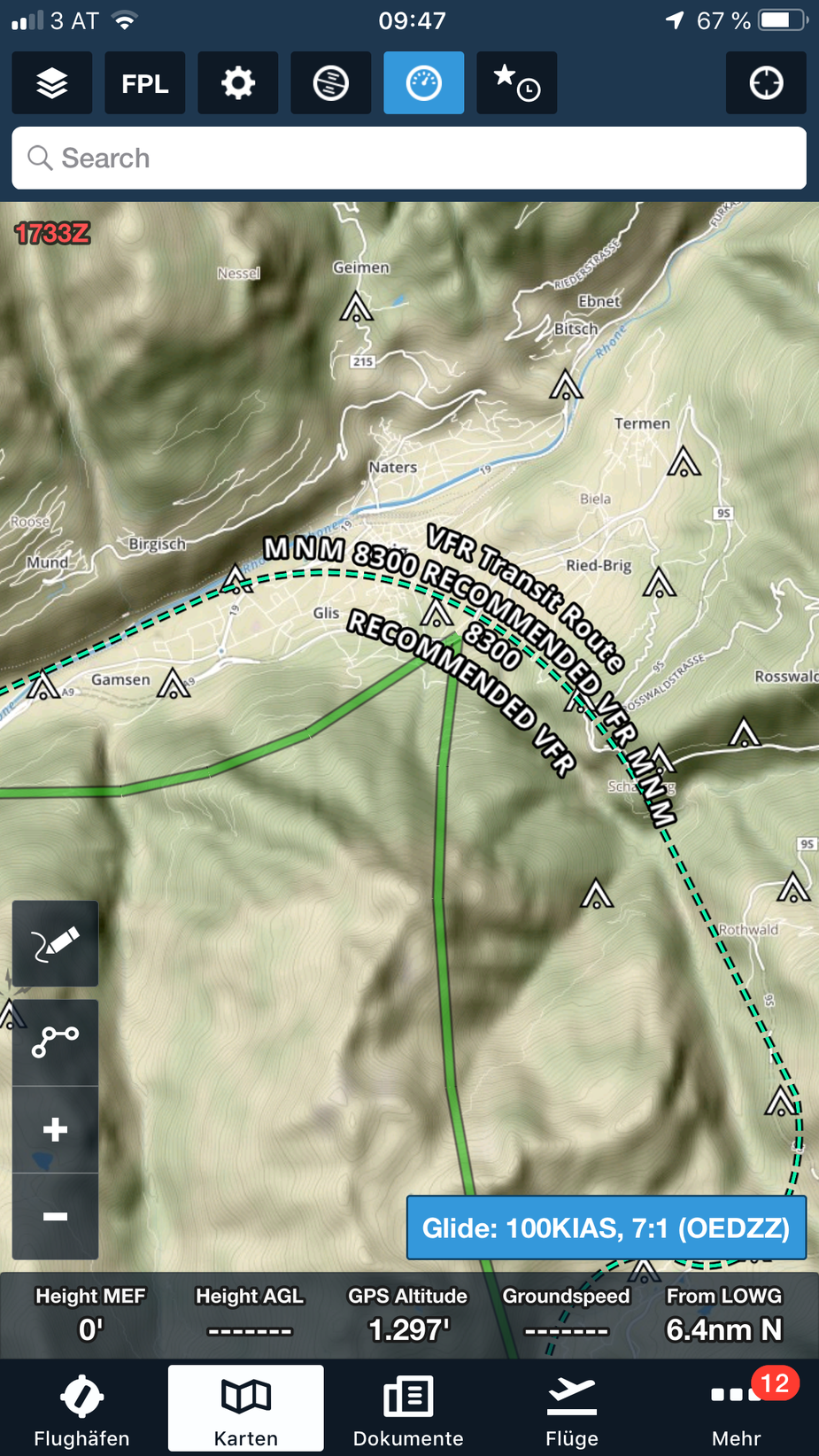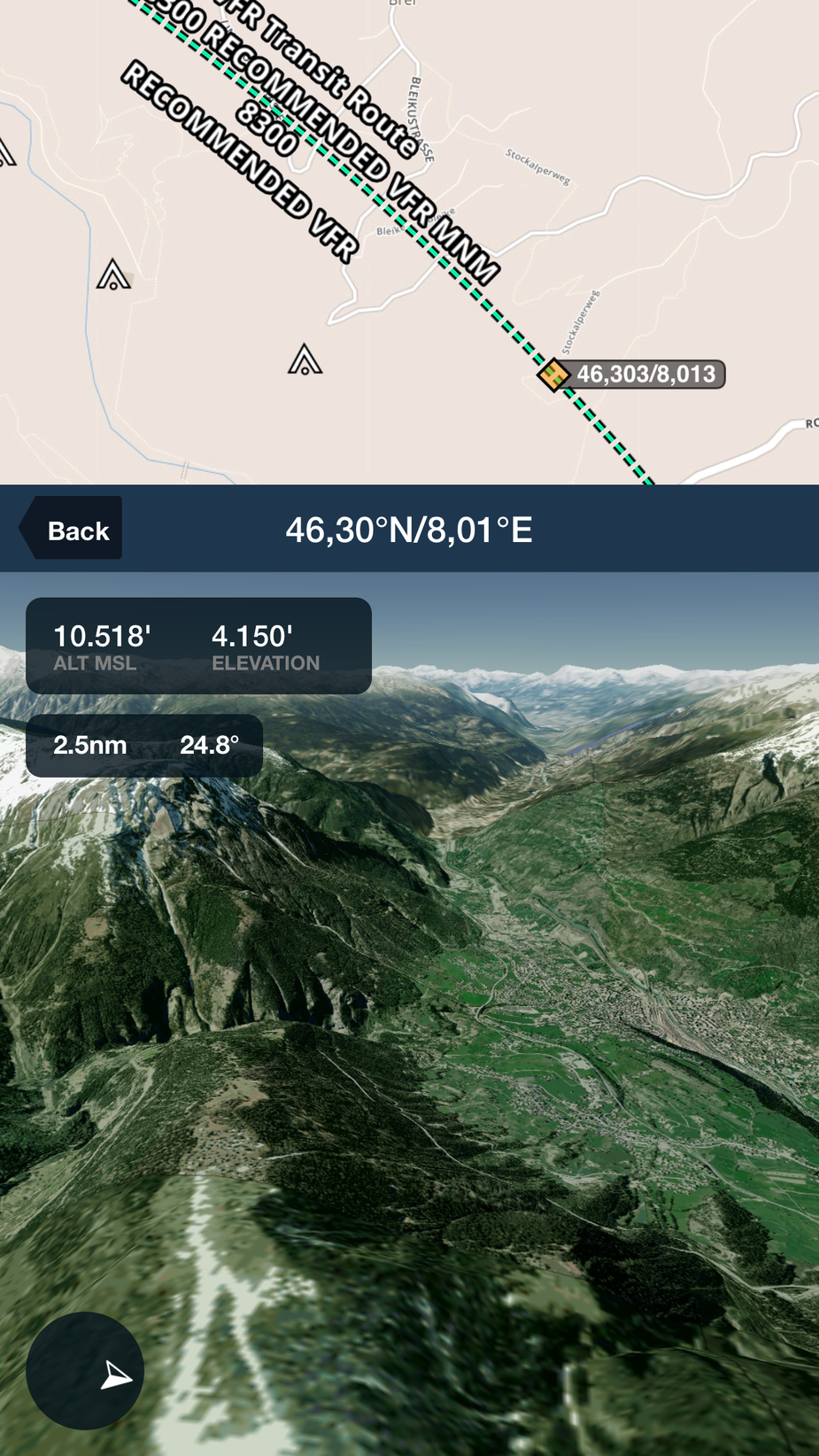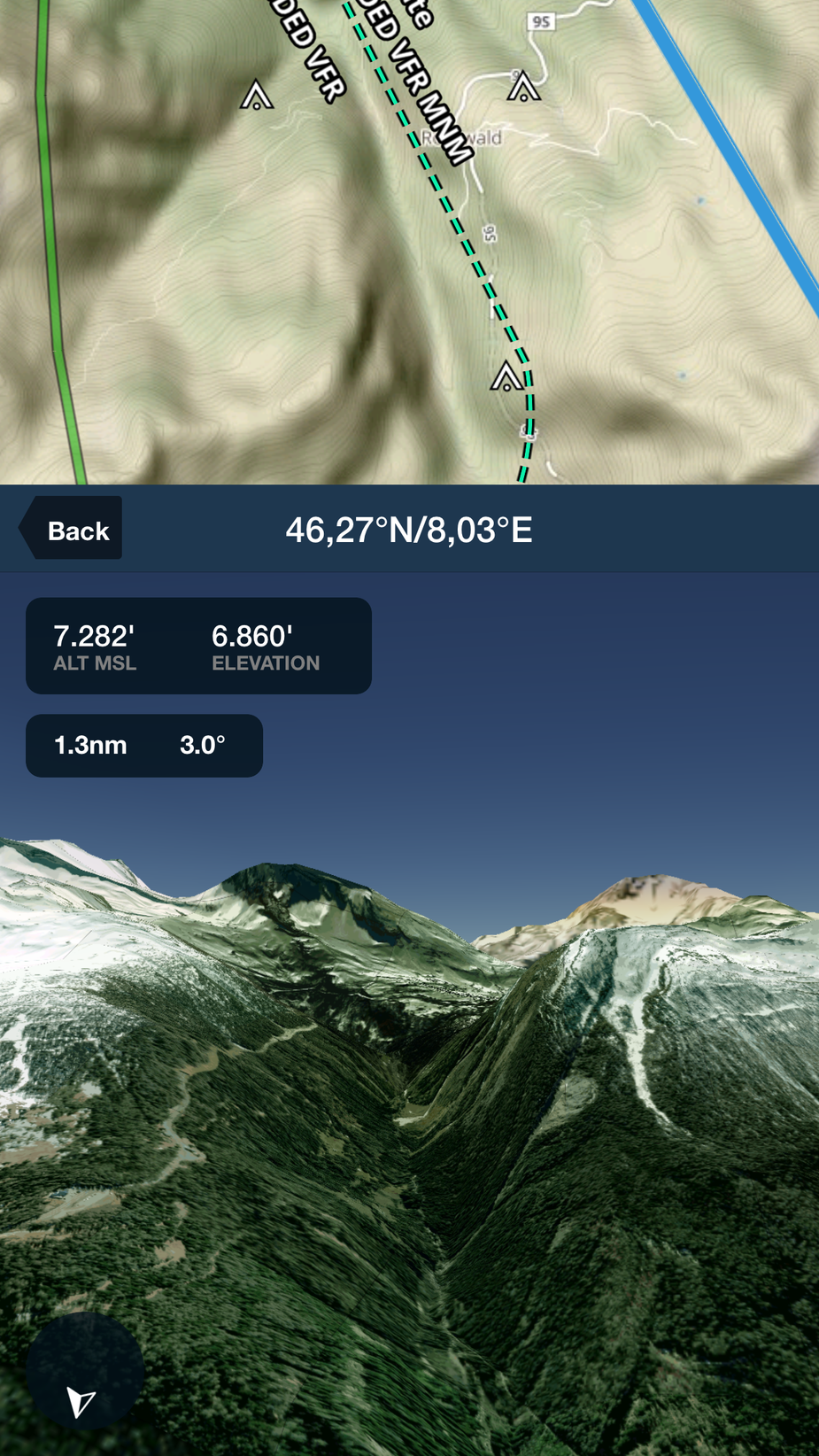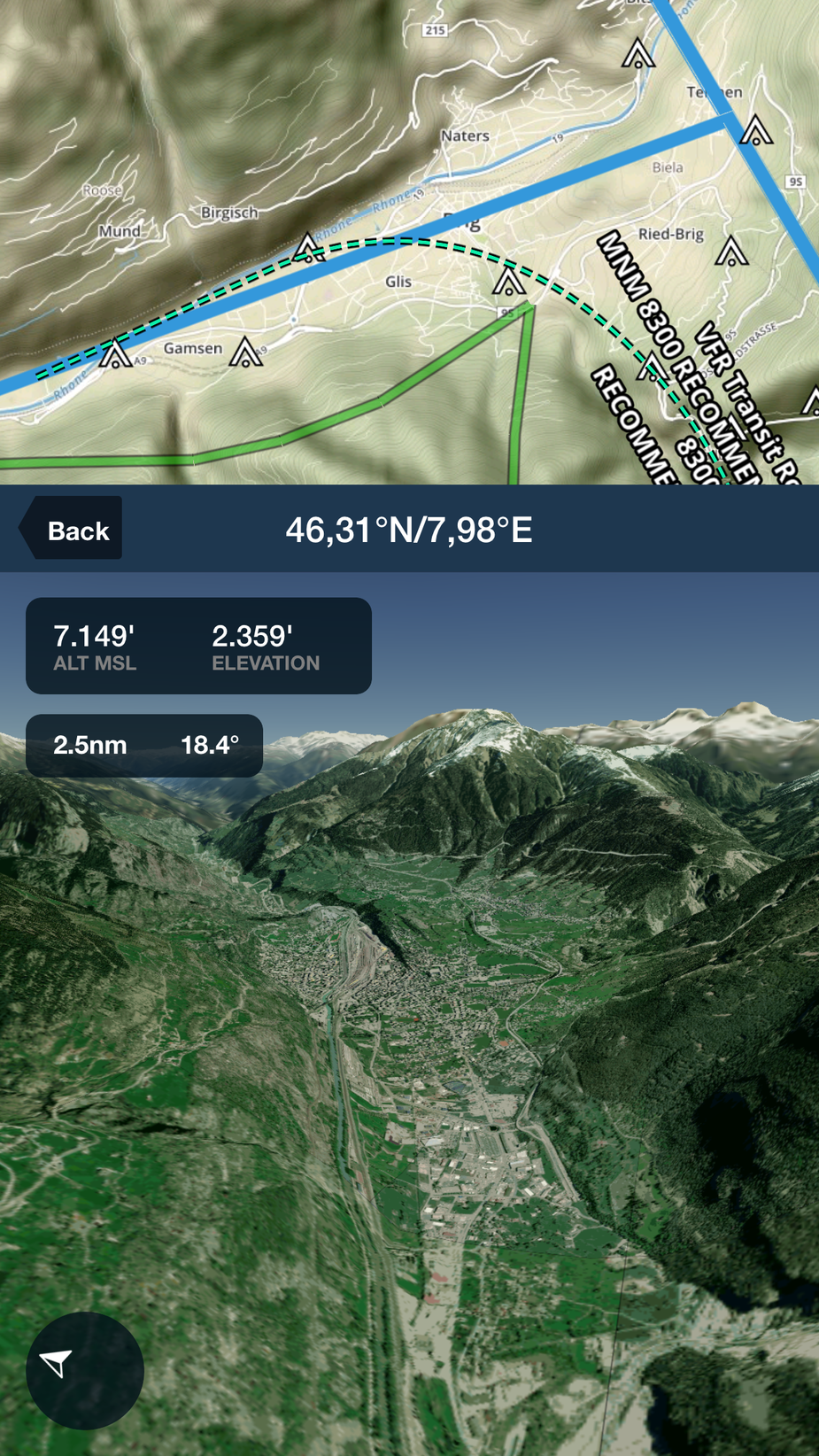The autopilot tracks and altitudes flown suggest that the pilot was not properly prepared for a flight into the mountains resp. across the Alps with little or no previous mountain flying experience.
May be he was in a state of complacency when following the GAFOR route through the wide Rhone valley assuming that the entire GAFOR route would consist of wide valleys only.
No easy to discern which valley to turn into;




This one is puzzling indeed.
First of all, this was a Brit pilot. From my experience, they tend to be very cautious (even anxious) when crossing the Alps. See many threads here showing this. Most of them have a lot of respect even for the Brenner pass, and will rather fly via Vienna (or via Cannes) to avoid the Alps. Of course, “most” isn’t “all”…
The plot looks like he did plan his flight to some degree. I assume he used Skydemon or similar und created a series of user waypoints located in the valleys to define his route. And then flew from one to the next one, using the autopilot (HDG, probably). The crash occured where he was still quite a few miles north of the actual pass.
The weather was almost totally clear in the Valais yesterday, according to reports.
Two main possibilities: he either totally underestimated the altitude required for the Simplon pass (unlikely). One other thing (still unlikely, but not totally) is that he might have mismanaged the aircraft, and thus didn’t get any performance out of it:
If you put all this together, an NA Arrow does not climb AT ALL above 6000 feet MSL.
The three last points are still unlikely. The aircraft does not seem to be a “club” rental aircraft, so if it was private, or a syndicate aircraft, I would expect the pilot(s) to bascially know how to operate it.
And all this still does not make sense if he really was in good VFR conditions. Do some people really not look out of the windscreen any more at all? When flying in the most challenging part of the Alps?
I have no real explanation. Maybe he just started his climb way too late and that’s the end of the explanation.
First of all, this was a Brit pilot. From my experience, they tend to be very cautious (even anxious) when crossing the Alps.
Guilty as charged.
When I thought I was going to fly the Chieftain to Samedan, potentially via the valleys, I asked advice on here, bought X-Plane Switzerland scenery, flew each route that was recommended and carefully marked up every twist and turn in SkyDemon.
boscomantico wrote:
Do some people really not look out of the windscreen any more at all? When flying in the most challenging part of the Alps?
From what has been posted that does appear to be what happened. Flatline altitude all the way to impact. If you were flying directly into terrain, and see it in front of you, would you not turn round? I get not being able to climb for whatever reason but please do something about it.
CO poisoning might be another cause (just speculating).
“bought X-Plane Switzerland scenery, flew each route that was recommended and carefully marked up every twist and turn in SkyDemon.”
Did the same for Pyrenees though I had to backtrack as the real C172 got stuck at 6500ft way before terrain and valley, the one on the sim does FL160 on same weather :)
One has to decouple mountain flying techniques from getting best of performance on a touring aircraft and learn about each bit separatly, most of us will try crossings in CAVOK sunny days to minimise IMC and terrain risk but that is when performance starts to be an issue…
boscomantico wrote:
they tend to be very cautious (even anxious) when crossing the Alps
And the 2 I flew with (they had mostly never ventured south of northern france don’t know a few of the basics of flying in the valleys, some of which:
1) fly close to the terrain (seems unintuitive, until you have to think about how to turn back)
2) don’t cross ridges at 90 degrees, but at 45 or so, so that if you come on a big downdraft, you can always escape quickly
3) estimate visually if you’ll be able to cross or not (the picture you see behind is increasing (or “rising” above the ridge) → yes. Otherwise no
The first time I had a bit of mountain instruction was definitely an eye opener.
I learned to fly in the Valais region and was based there for 8 yers before moving to the UK. Have flown through the Simplon pass dozens of times. But I would almost always fly it at 10,000 ft. or above. While the terrain on the N Swiss side of the pass is not too dramatic, once you cross the border into Italy the terrain is incredibly hostile – deep ravines, cliffs etc, so I wanted the altitude in case I lost power and needed make some distance to find somewhere to put down. Also, the turbulence inside the pass at lower altitude can be extreme.
Wasn’t it a turbo Arrow? It can still climb nicely when full. 2 adults an a child, stuffs and full tank at 40kg to mtow was my config 2 months ago and I still can manage 900ft/m at 6000ft, but with a turbo.
Most surprising is no care for altitude. If autopilot can manage Nav mode through user waypoint, the surrounding mountains should have trigger a climb for anyone. Thus I’m suspecting co poisoning…
Edit: not a turbo…